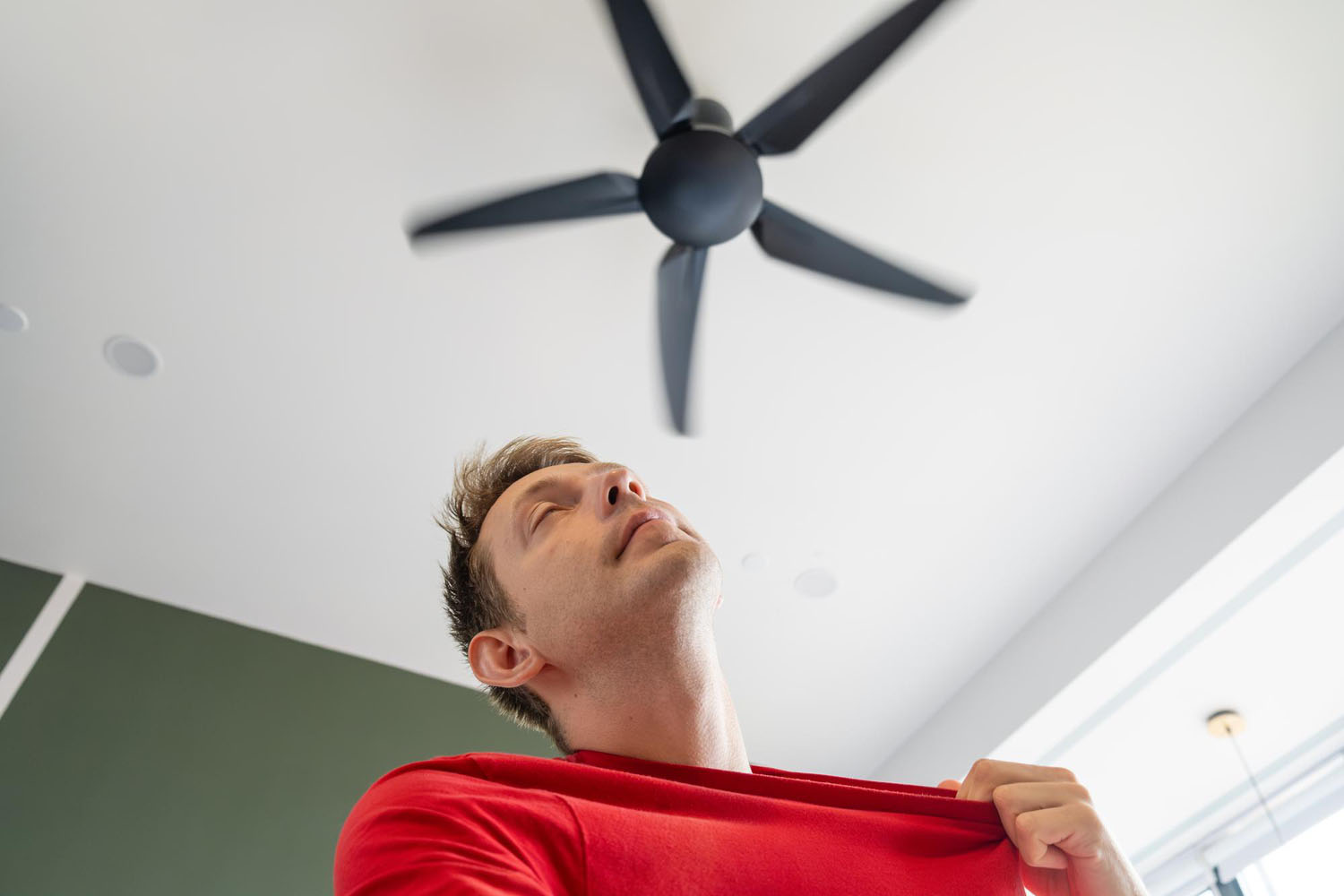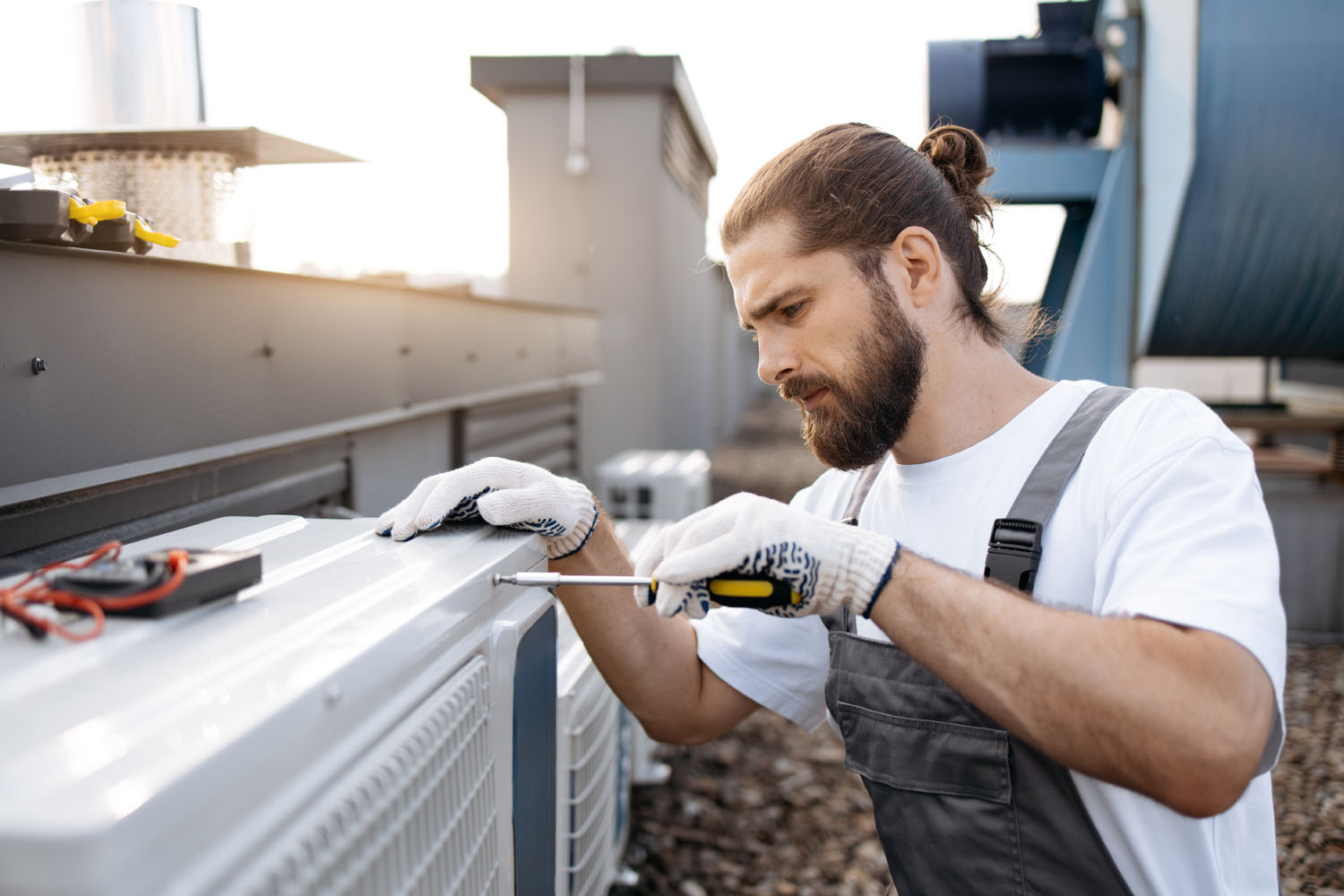Investing in solar energy is a great decision, but how do you choose the right system for your home? With so many options available, understanding the key factors that influence system size, efficiency, and performance is essential. Here’s a detailed guide on how to choose the right solar system for your home in Victoria, ensuring maximum benefits and energy savings.
1. Assess Your Energy Needs
The first step in choosing the right solar system is to determine how much electricity your household consumes. You can find this information on your electricity bill, typically expressed in kilowatt-hours (kWh).
- Average consumption: For a typical 4-person household in Victoria, daily electricity consumption can range from 15-25 kWh.
- Peak usage: Pay attention to peak consumption periods (e.g., mornings and evenings) when your energy demand is highest. This will help you decide whether you need additional storage, like a battery system, to manage energy use.
2. Size of Your Solar System
Once you understand your energy needs, you’ll need to choose a system size. The size of a solar system is measured in kilowatts (kW). The most common residential system sizes in Victoria range from 3kW to 10kW, depending on your energy consumption and available roof space.
- 3kW system: Suitable for small households with low energy consumption.
- 5kW system: The most popular option for average households.
- 6.6kW+ system: Ideal for larger households with higher energy consumption or those planning for future energy needs (e.g., adding an electric vehicle or battery storage).
3. Roof Space and Orientation
Your roof’s size, angle, and orientation play a major role in how much solar energy you can capture. Solar panels work best when installed on a north-facing roof in Australia, but east- and west-facing installations can also be effective.
- Shading: If your roof is shaded by trees, buildings, or other structures, this will reduce the efficiency of your solar panels. Consider consulting with your installer about whether microinverters or power optimizers can mitigate the impact of shading.
- Roof condition: Ensure your roof is in good condition before installing solar panels. If your roof needs repairs, it’s best to complete them before installation, as removing and reinstalling panels can add to the cost.
4. Solar Panel Efficiency and Type
Not all solar panels are created equal. Panels vary in terms of efficiency, durability, and cost. The two main types of solar panels available are:
- Monocrystalline panels: These panels are more efficient and have a longer lifespan, making them ideal for homes with limited roof space. They are generally more expensive.
- Polycrystalline panels: Slightly less efficient than monocrystalline, these panels are more affordable and perform well in sunny conditions, making them a budget-friendly option.
5. Choosing the Right Inverter
The inverter is a crucial part of your solar system, as it converts the DC electricity generated by the panels into usable AC electricity. There are several types of inverters:
- String inverters: The most common type, where all the panels are connected in series. If one panel underperforms, the entire system’s output is affected.
- Microinverters: These are installed on each individual panel, allowing for greater flexibility and improved performance, especially in shaded conditions.
- Hybrid inverters: Designed for systems with battery storage, these inverters manage both the solar panels and the battery to optimize energy usage.
6. Battery Storage: To Add or Not to Add?
Batteries store excess solar energy for use when the sun isn’t shining. While they add to the initial cost, they can increase your energy independence and maximize the benefits of your solar system by allowing you to use stored energy during peak periods or outages.
- Key consideration: If you’re looking to reduce reliance on the grid or live in an area prone to blackouts, investing in a battery like the Tesla Powerwall can provide peace of mind.
7. Warranty and Maintenance
Solar systems are a long-term investment, so it’s important to choose high-quality products that come with comprehensive warranties. Look for:
- Panel warranty: Typically 25 years for high-quality panels.
- Inverter warranty: Usually 10-15 years.
- Performance warranty: Guarantees that the panels will produce at least 80-90% of their original output after 25 years.
Conclusion
Choosing the right solar system involves carefully considering your energy needs, roof space, budget, and long-term goals. By assessing these factors and working with an experienced solar installer, you can select a system that maximizes your energy savings, minimizes your carbon footprint, and enhances the value of your home.







